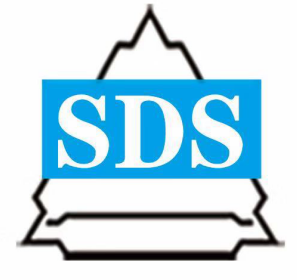Steel Fibre Cost: A Comparative Study of Costs in Developing vs. Developed Nations
Steel fibers have emerged as a pivotal component in the construction industry, bolstering the structural integrity of concrete. As construction activities surge globally, understanding the economic nuances of steel fiber costs becomes imperative for effective project management. This study undertakes a comprehensive comparative analysis, delving into the intricate factors influencing steel fiber costs in developing and developed nations.
Economic Landscapes: Developed Nations
In developed nations, the production of steel fibers operates within a framework of advanced technology and well-established industries. While these regions contend with higher costs associated with raw materials, labor, and energy due to stringent environmental regulations and elevated living standards, they also benefit from economies of scale and efficient manufacturing processes. The interplay between these factors shapes the production costs, influencing the overall expense of integrating steel fibers into construction projects.
Developed nations allocate significant resources to research and development in the construction sector. Innovations arising from these investments can impact steel fiber cost. Understanding the nexus between R&D investments and production costs is crucial for accurately forecasting expenses and promoting sustainable construction practices.
Economic Landscapes: Developing Nations
Contrastingly, developing nations often present a more economically favorable landscape for steel fiber production. Lower labor and energy costs contribute to a more cost-effective production process. However, challenges such as technological limitations and inadequate infrastructure can offset these advantages. Evaluating the economic viability of sourcing steel fibers from developing nations requires a nuanced understanding of the trade-offs between lower production costs and potential operational challenges.
While the lack of stringent environmental regulations in developing nations may lead to lower production costs, it also raises concerns about the ecological impact of manufacturing processes. Balancing economic considerations with environmental sustainability is a critical aspect of assessing the overall cost-effectiveness of steel fibers from developing nations.
Global Market Dynamics and Supply Chains
Developed nations typically boast stable and mature markets, characterized by predictable demand patterns for steel fibers. Analyzing market trends in these regions provides valuable insights into long-term demand, aiding effective planning and procurement strategies.
Efficiency in the global supply chain plays a pivotal role in determining the overall steel fiber cost. Developing nations may grapple with challenges such as inadequate infrastructure, bureaucratic hurdles, and transportation bottlenecks. Addressing these challenges is essential for optimizing the supply chain and minimizing potential disruptions in the procurement process.
In conclusion, the comparative study of steel fiber costs in developing and developed nations is indispensable for navigating the intricacies of the construction industry. Striking a balance between the cost advantages of developing nations and the stability of developed nations is paramount. This study serves as a comprehensive guide, providing stakeholders with the necessary insights to make informed decisions that optimize steel fiber cost without compromising the structural robustness of construction projects worldwide.
 English
English 한국어
한국어 français
français Deutsch
Deutsch русский
русский português
português العربية
العربية tiếng việt
tiếng việt ไทย
ไทย Polska
Polska Nederland
Nederland